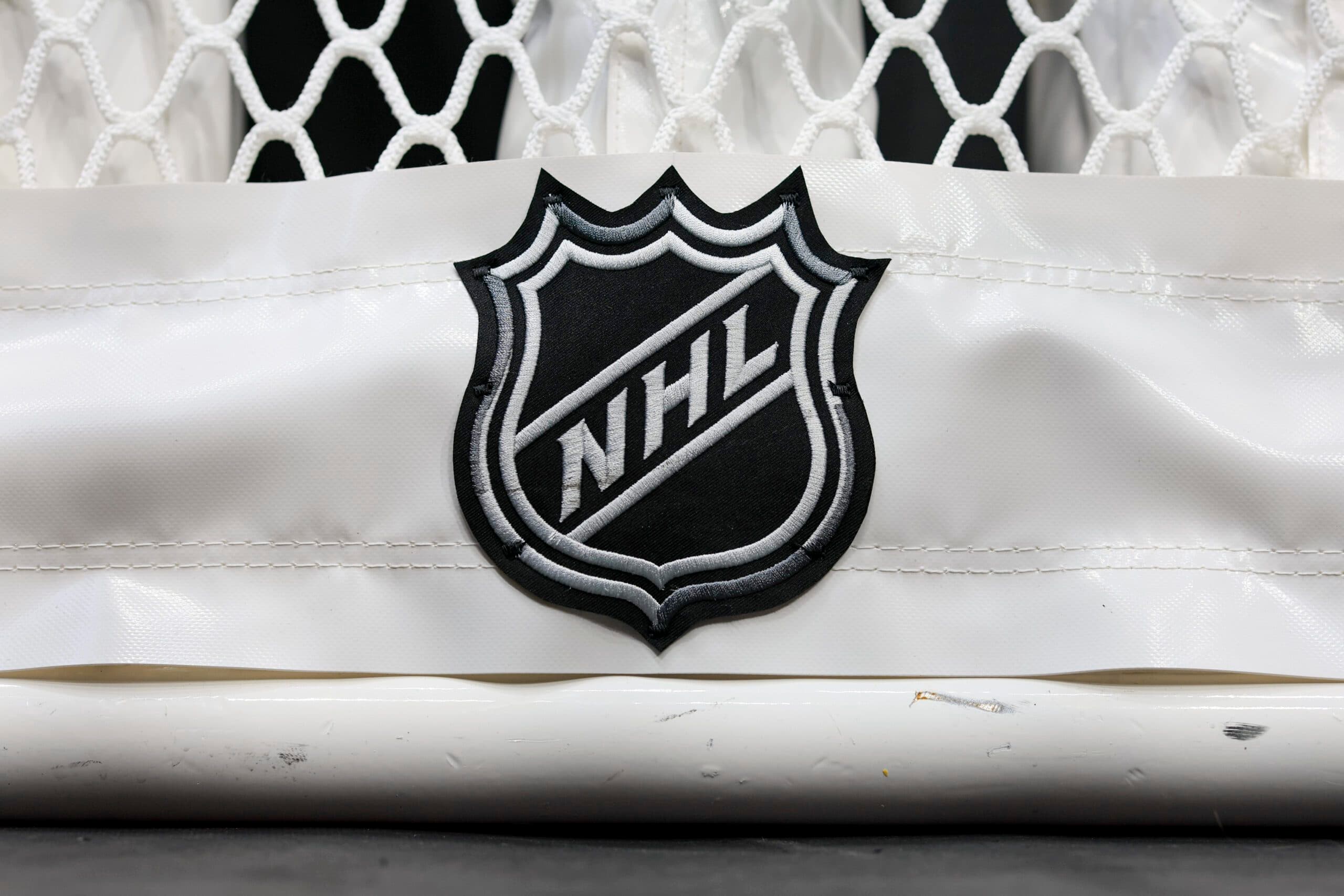NHL updates rule book for 2023-24 season

The NHL has officially updated its rule book for this upcoming season, and some minor tweaks have been put in place.
The updated NHL Rule Book is hot off the presses with some minor tweaks for the 2023-24 season. Here's the rundown on the changes: https://t.co/AMjxzUFmYr
— Scouting The Refs (@ScoutingTheRefs) September 15, 2023Most importantly are the updates to the rules listed below:
Rule Updates
Helmets Required In Warmups (Rule 9.6)
The NHL added a requirement last season to mandate helmets in warm-ups. That change which applies to anyone joining the league in 2019 or later is now confirmed to be an official part of the rulebook: “It is mandatory for all players who entered the NHL beginning with the 2019-2020 season or later to wear their helmet during pre-game warm-up. To be clear, all players who entered the League prior to the 2019-2020 season and who are currently playing are exempt from this mandate.”
Illegal Sticks get their own Rule (Rule 10.8)
This new rule consists of a few conditions that were already-existing being compiled and put together: “An illegal stick is defined as one that, following a measurement, is deemed not conforming to league rules. An illegal stick is also defined as one when a player has not been legally handed one by his players’ bench or from a teammate. And finally, an illegal stick is anytime a player on the ice attempts to play the game with an opponent’s stick.”
Clarifications
Puck-in-Netting Challenges Clarified (Rule 38.2)
The coach’s challenge rule regarding missed stoppages has been updated to specify the eligible situations for a challenge when the puck contacts the spectator netting. Such plays are eligible for a challenge no matter the team that caused the puck to go up into the netting. This update is consistent with how the rule was applied in the 2022-23 season. “A play that results in a “GOAL” call on the ice where the defending team claims that the play should have been stopped by reason of any play occurring in the offensive zone that should have resulted in a play stoppage caused by the attacking team but did not. The one exception to this provision is when the puck strikes the spectator netting caused by either team and goes unnoticed by the on-ice officials.“
Line Changes on Delayed Offside (Rule 83.1)
The offside rule has been updated to address a certain situation when a player goes off the ice for a line change in the attacking zone during a delayed offside. This isn’t an update to the current rule, but it is an explanation to specifically cover this scenario which has occurred several times during play before and provides more leeway to players in this situation: “If, during a delayed off-side, an attacking player in the attacking zone elects to proceed to his players’ bench (which extends into the attacking zone) to be replaced by a teammate, he shall be considered to have cleared the zone when both skates are off the ice and the Linesperson judges him to have left the playing surface.“
Terminology
Along with the modifications above the league has made two further adjustments to word choices throughout the rulebook:
- “Linesman” has been changed to “Linesperson“
- “Fouls” are now deemed as “Infractions“
Cross-Reference Updates and Cleanups
A handful of alterations have been made to refer back to similar rules or clean up the verbiage used within said regulations below:
- Rule 37.2 – Eliminate “the puck has been dropped” from the rule, which already references when play resumes.
- Rule 49.2 (Kicking) – Refers to Rule 78.5 for kicked-in goals.
- Rule 57.4 (Tripping) – Refers to Rule 25 (Awarded Goals)
- Rule 78.5 (Disallowed Goals) – There’s been a minor update to the portion on displaced nets referring back to the delaying the game rule. The update is listed in bold.
“When the net becomes displaced accidentally. The goal frame is considered to be displaced if either or both goal pegs are no longer in their respective holes in the ice, or the net has come completely off one or both pegs, prior to or as the puck enters the goal. However, if this occurs as a result of the actions of a defending player, refer to 63.7.“
Though the adjustments to the rules for the 2023-24 NHL season listed above are minor. It’s encouraging to see the league continue to look at ways to improve the game through review and collaboration with various organizations, players and the NHLPA.